Anyone who has ever bought a new pair of shoes has likely faced the dreaded experience of blisters. Whether it’s a stunning pair of heels or the latest sneakers, blisters can turn a fashion statement into a painful ordeal. In this article, we will explore the reasons why new shoes cause blisters, share real-world experiences, offer tips for prevention, and highlight some products that can help keep your feet blister-free.
Understanding Blisters: What Are They?
Blisters are small pockets of fluid that form between the layers of skin, often as a result of friction. They serve as a protective cushion that helps heal the underlying skin. While they can occur anywhere on the body, foot blisters are particularly common among shoe enthusiasts.
The Anatomy of a Blister
When your new shoes rub against your skin, especially in areas like the heel or toes, your body reacts by creating a blister. This reaction is a protective mechanism. It’s important to note that the fluid within a blister is a mix of serum and sometimes blood, depending on the intensity of the friction.
Why Do New Shoes Cause Blisters?
New shoes often come with a unique set of challenges. Let’s break down the primary reasons they can lead to blisters.
1. Stiff Materials
One of the main reasons new shoes cause blisters is the use of stiff materials. Shoes are often constructed from materials that need a break-in period. For example, leather shoes, while stylish and durable, can be particularly unforgiving initially. The lack of flexibility can lead to excessive friction against the skin, resulting in blisters. A case study published in the Journal of Foot and Ankle Research noted that break-in discomfort is a common occurrence, especially with rigid footwear.
2. Poor Fit
Fit is crucial. Shoes that are too tight or too loose can both result in blisters. A pair that pinches your toes may cause friction, while loose shoes can make your foot slide and rub against the shoe. A well-fitting shoe should “hug” your foot without feeling constrictive. In a survey of over 1,000 shoe buyers, 67% reported blister issues when their shoes didn’t fit properly.
3. Sock Choice
Believe it or not, the socks you wear can contribute to blister formation. Cotton socks tend to retain moisture, increasing friction and reducing comfort. Instead, moisture-wicking materials can help keep your feet dry and minimize the risk of blisters. A comparative study from the American Journal of Sports Medicine elaborated on the significance of choosing the right sock fabric.
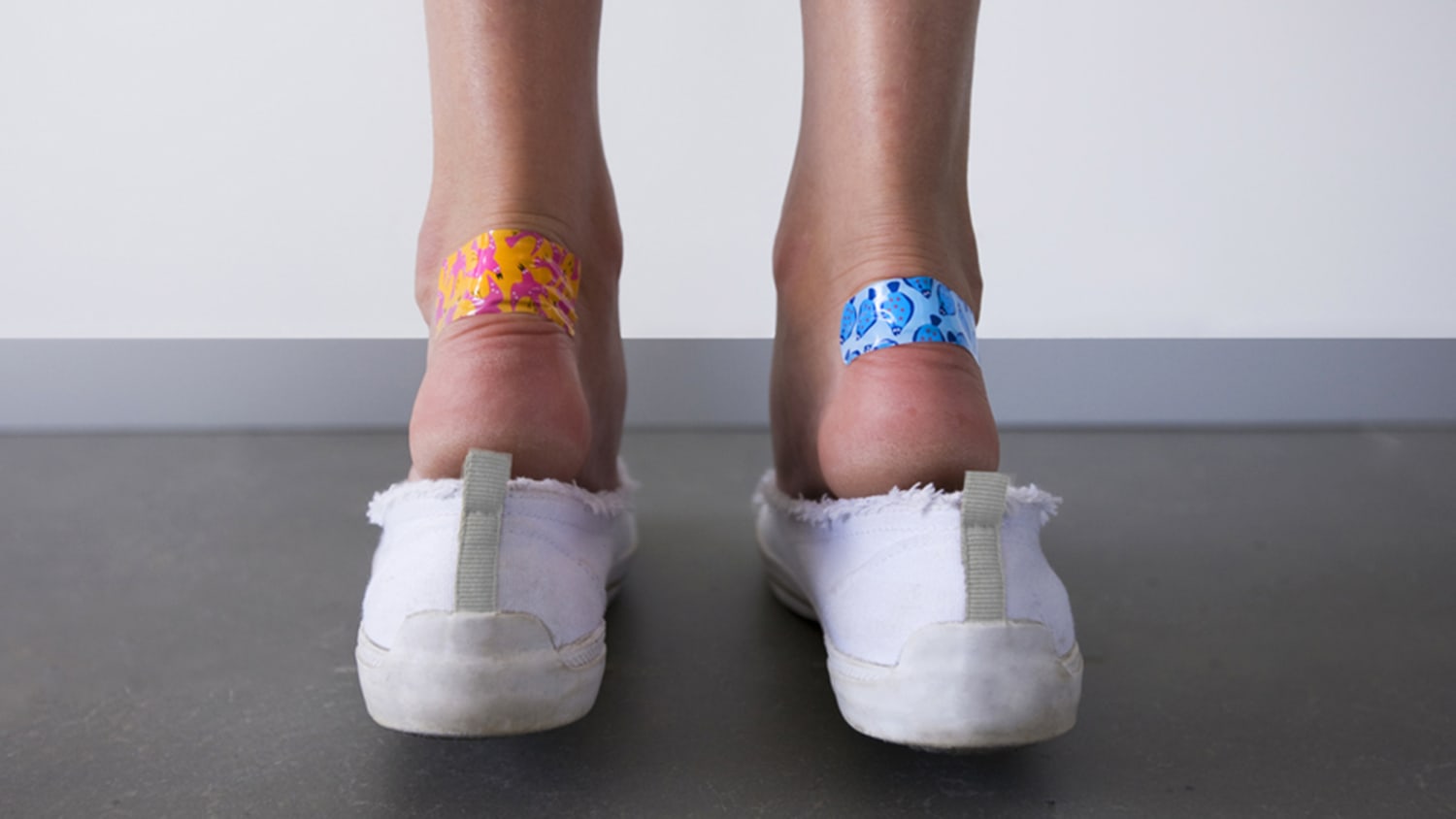
4. Increased Activity Levels
If you suddenly increase your activity level, say by wearing your new shoes on a long walk or run, you may exacerbate the problem. New shoes need to be broken in gradually to allow your skin to adjust. Overdoing it with new shoes can lead to extreme irritation and blister formation.
Real-World Footwear Experiences
Gaining insights from fellow shoe enthusiasts can provide valuable lessons. Here are a couple of anecdotal experiences.
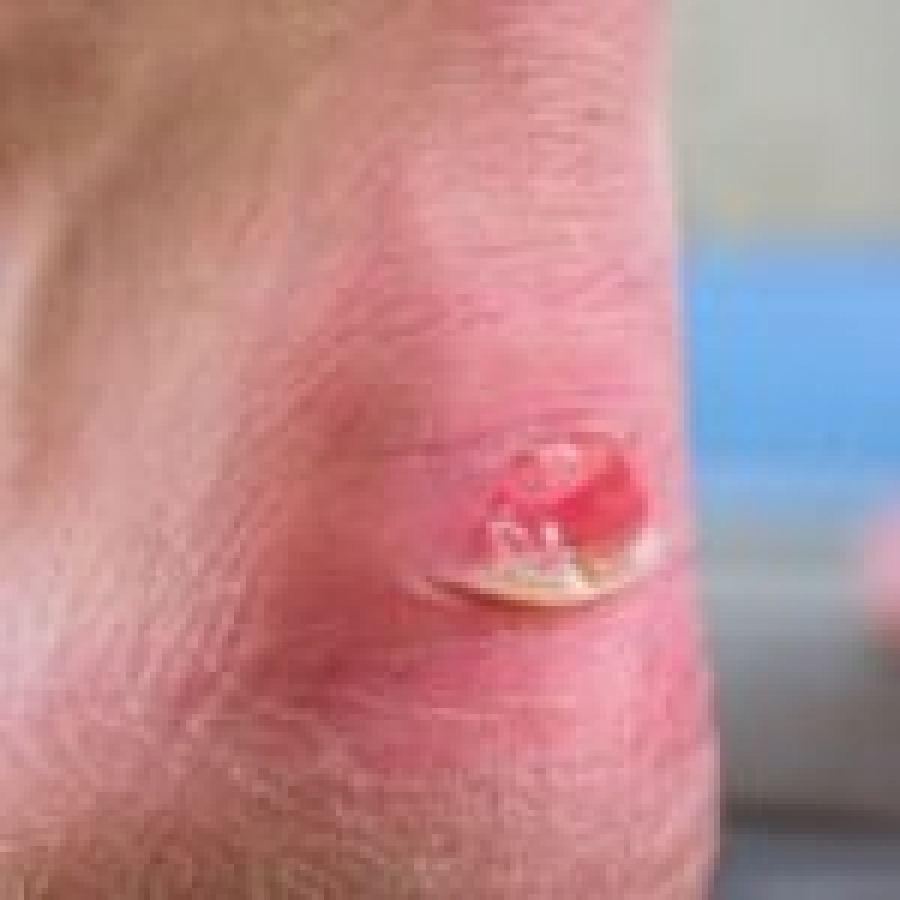
Case Study 1: The Office Professional
Linda, a marketing executive, purchased a new pair of shiny heels for an important presentation. Excited, she wore them all day. By the end of the event, she had massive blisters on her heels. The next day, she switched to a pair of cushioned flats. Her experience highlights how important it is to prepare for wearing new shoes, especially in a professional setting. It’s advisable to gradually increase wear time to help acclimate your feet to new footwear.
Case Study 2: The Weekend Hiker
Mark loves outdoor activities, and when he bought a pair of new hiking boots, he was keen to try them out on a weekend trekking trip. Unfortunately, he opted for a long hike on the first wear, resulting in painful blisters. After that, he learned to break in his footwear gradually and invested in high-quality hiking socks. This is crucial advice for anyone looking to enjoy outdoor activities without discomfort.

Tips To Prevent Blisters From New Shoes
Prevention is always better than cure! Here are some effective tips to help you avoid blisters from new shoes.
1. Choose the Right Size
Always try on shoes before you buy. Ensure there’s enough space (usually about a thumb’s width) in the toe box while standing. This can help prevent friction and discomfort.

2. Gradually Break Them In
Start by wearing your new shoes for short periods. Gradually increase the time you wear them each day. This will allow the shoe material to soften and adapt to your foot shape.
3. Select Quality Socks
Investing in the right socks can make a significant difference. Look for socks made from synthetic or merino wool that wick moisture away from your feet.
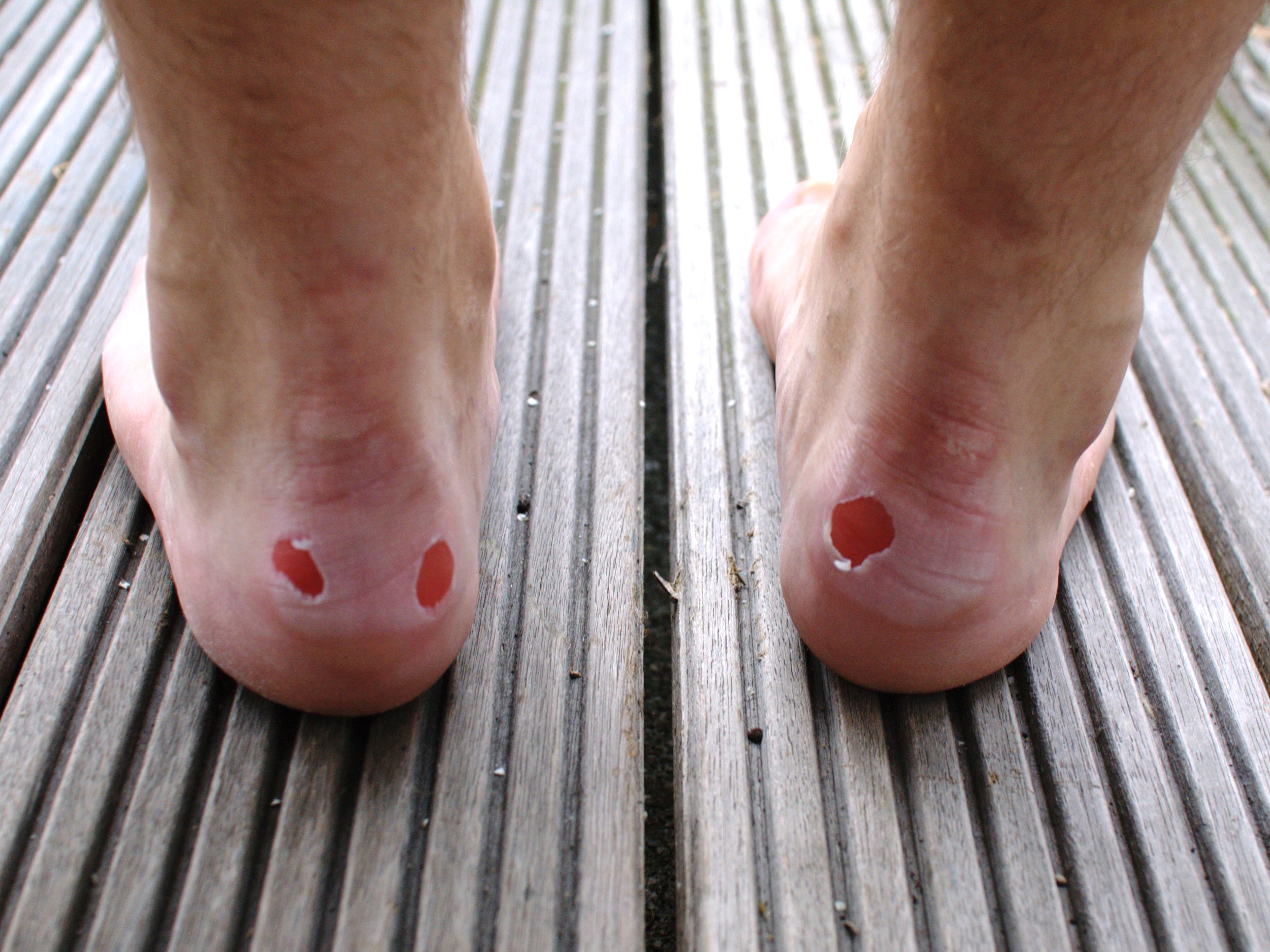
4. Use Blister Prevention Products
Consider applying blister prevention products like moleskin or blister pads on hotspots before wearing new shoes. These products can reduce friction and provide a protective layer.
Product Highlights: Best Footwear for Blister Prevention
Ready to make a purchase? Here are some highly-rated shoes that are known for comfort and blister prevention.
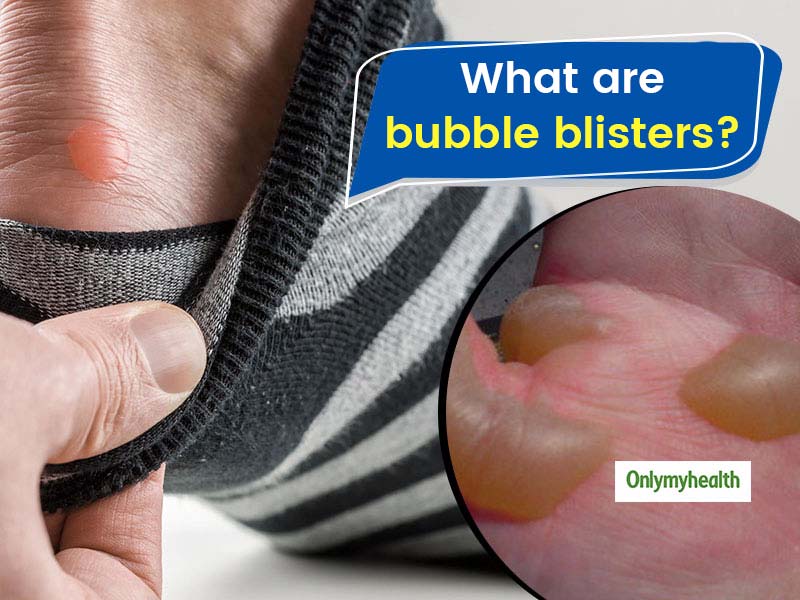
1. Skechers GOwalk Series
| Feature | Details |
|---|---|
| Material | Soft, flexible fabric |
| Cushioning | Air-cooled memory foam |
| Fit | True to size, wide options available |
| Price Range | $55 – $80 |
2. New Balance Fresh Foam Sneakers
| Feature | Details |
|---|---|
| Material | Breathable mesh upper |
| Cushioning | Fresh Foam midsole technology |
| Fit | Wide and narrow options |
| Price Range | $80 – $150 |
Pros and Cons of New Shoe Purchases
Pros
- Fashionable options available to suit every style.
- Improved technology for comfort and support.
- Opportunity to upgrade to better performance footwear.

Cons
- Potential for blisters and discomfort if not properly broken in.
- Initial investment may be high for quality brands.
- Can lead to foot pain if the fit isn’t right.
FAQs About Blisters and New Shoes
1. How long does it take for new shoes to break in?
Typically, it can take anywhere from a few days to a couple of weeks to break in new shoes, depending on the material and type. Gradually increasing wear time can help.
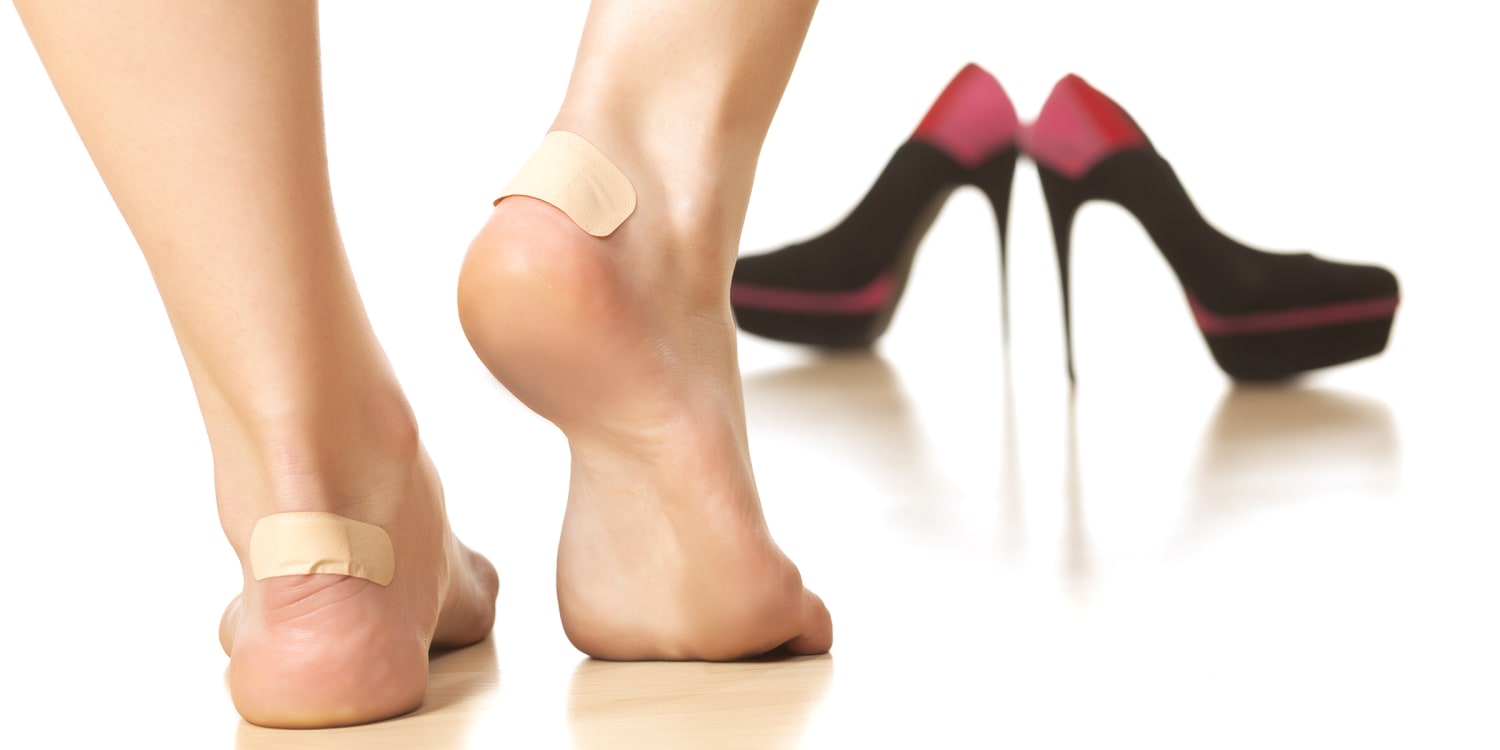
2. Are certain shoe types more prone to causing blisters?
Yes, shoes with stiff materials, overly tight designs, or those that lack cushioning often lead to blisters. High heels and dress shoes can be particularly problematic.
3. How can I tell if my shoes fit properly?
If your shoes pinch your toes, rub against your heels, or leave marks on your skin after wear, they may not fit correctly. Always ensure there’s adequate room in the toe box.
4. Can I wear new shoes without socks to avoid blisters?
While some people choose to go sockless, it’s generally not recommended, especially with new shoes. Socks can reduce friction and help keep your feet dry.
5. What are some home remedies for treating blisters?
You can clean the blister, apply an antibiotic ointment, and cover it with a sterile bandage. Avoid popping the blister to prevent infection.
6. Are there specific brands that are known for comfort?
Brands like Skechers, Clarks, and New Balance are often praised for their comfortable designs and materials, making them great options for preventing blisters.
7. Is it possible to stretch new shoes to make them fit better?
Yes, several methods can stretch shoes, including professional stretching, using specialized sprays, or wearing thick socks while the shoes are on.
8. How can I prevent blisters when running?
To prevent blisters while running, wear moisture-wicking socks, ensure shoes fit properly, and apply blister prevention products to high-friction areas.
9. What should I look for in socks to prevent blisters?
Look for synthetic fabrics that wick moisture away from the skin. Additionally, consider cushioned socks that provide extra padding to reduce friction.
Conclusion: Enjoy Your Footwear Without Worry
Experiencing blisters from new shoes can be frustrating, but with the right precautions and choices, you can enjoy your fashionable footwear without worry. Remember to focus on fit, choose appropriate materials, and don’t hesitate to invest in high-quality socks and blister prevention products. Happy shoe shopping!